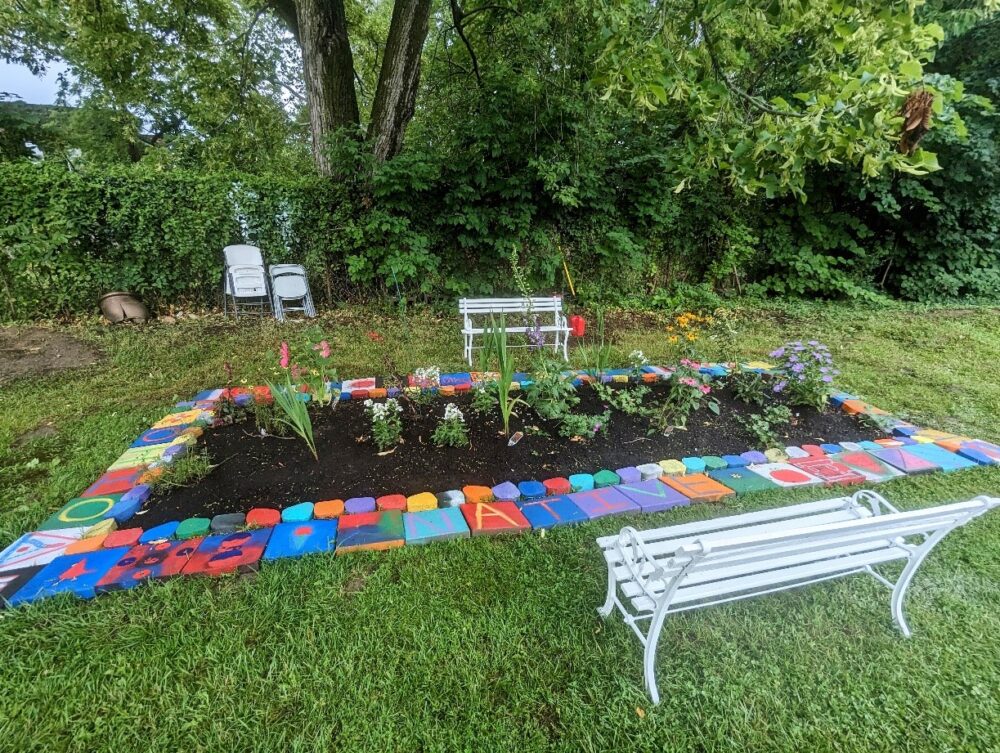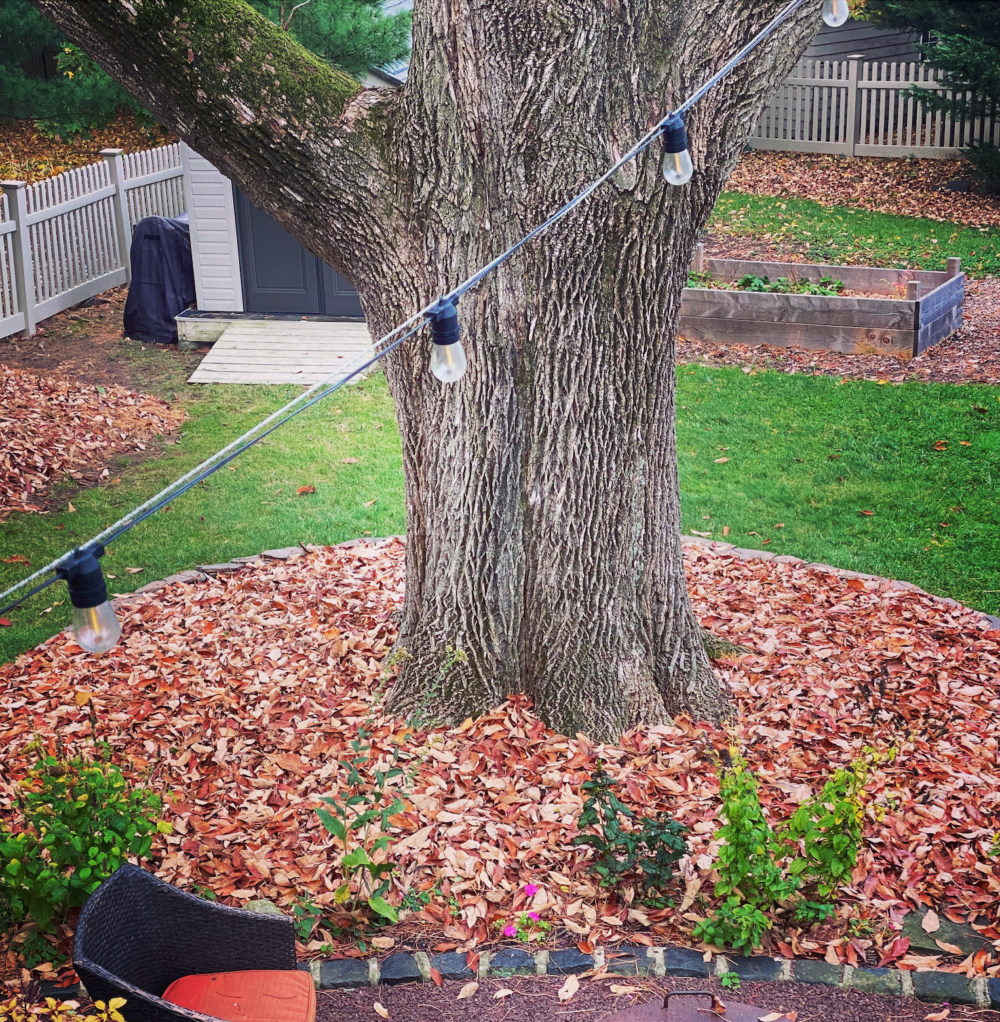We have much more to do and your continued support is needed now more than ever.
Helping Pollinators One Garden at a Time
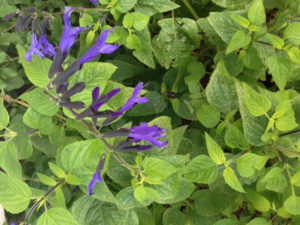
To complete this challenge, we need individual as well as group action. We need to mobilize into an “army” of gardeners to help our fellow bugs, bees, birds and butterflies survive!
Here’s how I transformed my garden into a wildlife habitat:
Transforming My Garden
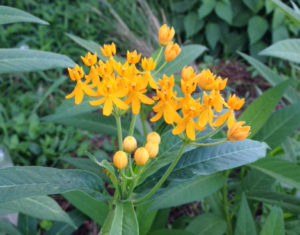
I was determined to garden using native Louisiana plants. I wanted to create a sustainable space to help save pollinators. Armed with my well researched lists, I rooted through hundreds of specimens around the city to find plants native to southeast Louisiana.
My side garden is now a thriving monarch habitat with host plants of milkweed and salvia. As more of the natural monarch habitats diminish, these plants, specifically native milkweed, provide a critical place to lay eggs and necessary food source.
The plants are not huge nor out of danger from the elements but for now, they all look happy. At this point I have seven varieties of native salvia and 5 varieties of milkweed (though I had to mail order seeds for 4 of the varieties).
Good news: in just two years, there’s been a shift and the botanical garden staff are marking their plants as “native” and “pollinators”! The National Herb Society, for example, holds a sale once a year and always has a section of native plants.
Lower 9th Metamorphosis
I’m on a mission to spread the word in New Orleans to create a community for people and pollinators using native plants.
Ten years after Hurricane Katrina, there are still plenty of places that look like this in the Lower 9th, but imagine these same lots providing habitat for Monarchs!
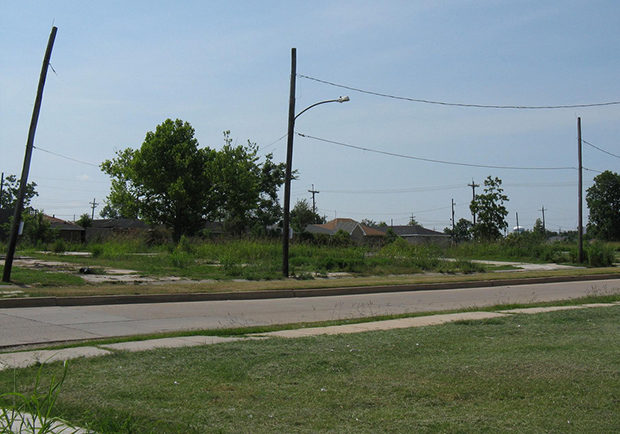
Programs That Encourage Habitats
A multi-pronged approach is what is needed to preserve nature: pushing for legislation, municipalities and individuals creating habitats, involving educators, gardeners, families and sportsmen to hold onto what is near and dear as well as ultimately insuring our own survival!
- Create a Certified Wildlife Habitat for pollinators and other local wildlife in your gardens, green spaces, communities, school yards, places of worship – everywhere!
- Join the Monarch Joint Venture at http://www.monarchjointventure.org/ which is a partnership of federal and state agencies, NGO’s and academic programs working together to protect the monarch’s migration within the US.
- Check out Monarch Watch http://www.monarchwatch.org/ assists average people and gardeners to create waystations or habitats to aid the survival of the Monarchs.
![]() Have the essential elements (food source, water source, cover, and places to raise young) for a wildlife habitat? Then certify your garden or green space today!
Have the essential elements (food source, water source, cover, and places to raise young) for a wildlife habitat? Then certify your garden or green space today!


















